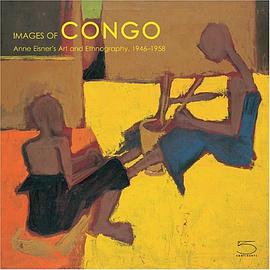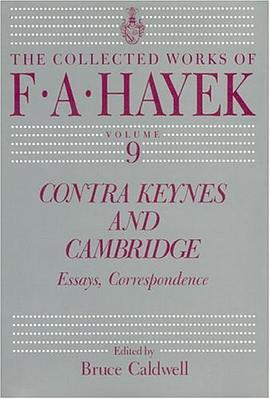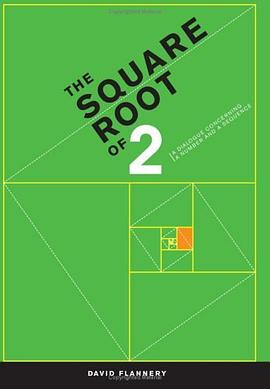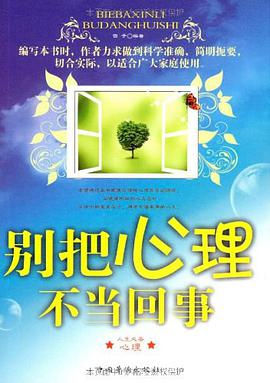

具體描述
Images of Congo brings to light New York artist Anne Eisner who lived in the former Belgian Congo (now DRC) during the 1940s and 1950s. Her passion for maverick field anthropologist Patrick Putnam brought her to the place he founded, Camp Putnam, at the edge of the Ituri Forest. Her commitment to the people there made her stay for nine years. An eccentric in the colonial context, Eisner spent extended periods of time in Pygmy camps, transcribed legends, wrote ethnographic notes and brought up three orphaned Pygmy babies during their early life within a network of "mothers". After Putnam destroyed almost everything he had built before he died in l953, Eisner salvaged the camp now named Epulu and published a ghostwritten autobiography that both described and distorted her experiences in the forest.
Celebrities, tourists, game hunters and art collectors came there for first-hand experience of the rainforest and the Pygmies of the area: among them, Colin Turnbull who later became famous for his descriptions of Pygmy life in the Ituri.
Eisner worked with and against the grain of artistic primitivism and modernist images of Africa. Her paintings, watercolours and drawings refract a memory of pastoral in celebration of a communal life and constitute a refuge from the world of violence and politics, just beyond the borders of their radiant world. Did that world exist? It existed at least, and still exists, in Anne Eisner's paintings.
This book contributes an important aesthetic perspective to the understanding of an area that has long fascinated anthropologists and is part of a broadly emerging review of the colonial world in the Congo. The writers in this volume come together to discuss Anne Eisner's life and collecting, her art and writing: how she fits into the history of the place called Epulu and the people who lived there.
著者簡介
圖書目錄
讀後感
評分
評分
評分
評分
用戶評價
相關圖書
本站所有內容均為互聯網搜索引擎提供的公開搜索信息,本站不存儲任何數據與內容,任何內容與數據均與本站無關,如有需要請聯繫相關搜索引擎包括但不限於百度,google,bing,sogou 等
© 2025 book.quotespace.org All Rights Reserved. 小美書屋 版权所有




















